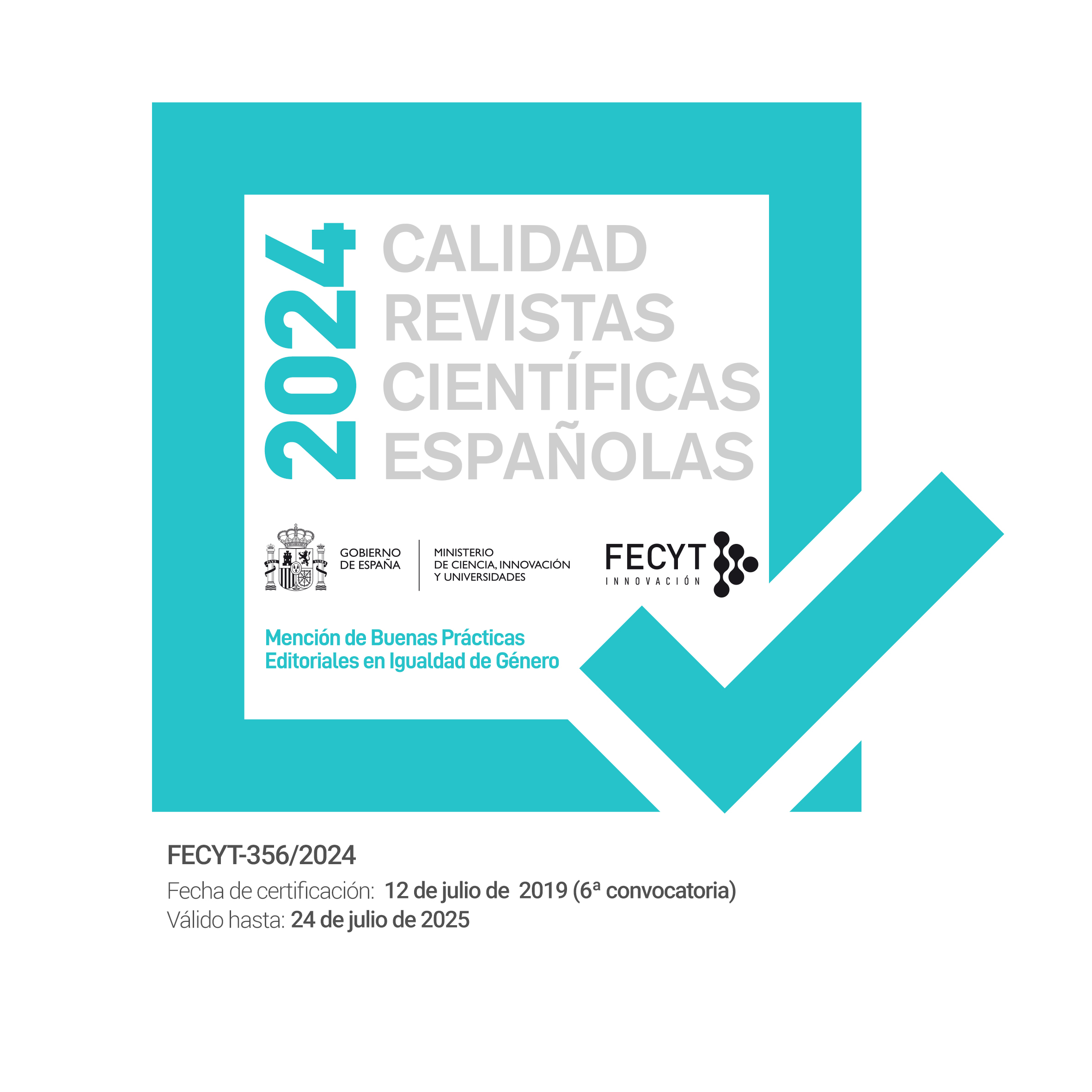Looking for acceptable risk: On risk assessment methods employed in policy design
DOI:
https://doi.org/10.24965/gapp.vi33-34.390Keywords:
Risk, analysis of risk, public marketing, acceptable risk, risk perception, communicationAbstract
Risk management becomes a difficult and inevitable task for the political decision makers today. In contemporary society new risks emerge, and they are essentially different from the risks men confronted in the past. New threats are generated by progress itself, and people demand security in an era where zero risk is unattainable. Disasters provoked by a mistaken calculus of risk have a new scale: they loose their human dimension, acquiring a new global scale. How to produce a feeling of confidence in this new society? Where can the decision maker find any help for retrieve the lost trust? The idea of acceptable risk seems a plausible solution. But there are different methods to find acceptable risks. What are the best? With a new scheme of analysis, this article shows how the different methods manage the problem of acceptable risk. We will see that none can satisfy all the equations presents in the search for an answer. Even if we accept, for the sake of the argument, that they are valid ways to attain acceptable risks, we have to recognize that any of them deals with a new and fundamental equation: communication. Only through communication can political decision makers restore trust in the «risk society». Communication will enhance confidence, but only if combine certain properties: communication has to interrupt, to repeat, and to be automatic. Political decision maker needs to deal with new risks through communication, through a public marketing: the marketing of confidence.Downloads
References
Adams, J. (1985), Risk and freedom: the record of road safety regulation. Londres: Transport Publishing Projects.
Adams, J. (1988), «Evaluating the effectiveness of road safety measures», Traffic Engineering and Control.
Adams, J. (1995), Risk. Oxon: Routledge.
Aguilar, S. (2003), «Principio de precaución, políticas publicas y riesgo», Política y Sociedad 3.
Alberini, A. et al. (2002), «Does the Value of a Statistical Life Vary with Age and Health Status? Evidence from the United States and Canada», Discussion Paper 02-19, Resources for the Future, Washington, D.C.
Arias Maldonado, M. (2003), «Democracia y sociedad del riesgo. Deliberación, complejidad, incertidumbre», Revista de Estudios Políticos 122.
Beck. U. (1998), «Politics of Risk Society», en J. Franklin ed., The Politics of Risk Society. Cambridge: Polity Press. 9-22.
Beck. U. (2001), La société du risque. Sur la voie d’une autre modernité. Paris: Aubier.
Bernstein, P. L. (1998), Against the Gods. The Remarkable History of Risk. Nueva York: Wiley & Sons. Boyne, R (2003), Risk. Philadelphia: Open University Press.
Capra, F. (1983), The turning point: Science, Society, and the Rising Culture. Nueva York: Bantam Books. Ciceron, M. T. (54 B.C.), De Re Publica. (Diversas ediciones).
Cullen, A. C. y Small, M. J. (2004), «Uncertain Risk: The Role and Limits of Quantitative Assesment», en T. McDaniels y M. mall eds., Risk Analysis and Society. An interdisciplinary characterization of the Field. Cambridge: Cambridge University Press.
Cumming, R. B. (1982). «Risk and the Social Sciences», Risk Analysis 2 (2).
Denise-Lempereur, J.(2000), «Opinion publique et sécurité environnementale», La Revue international et stratégique 39.
Derby, S. L. y Keeney, R. L. (1981), «Risk Analysis: Understanding «How Safe is Safe Enough?» Risk Analysis 3.
Douglas, M. y Wildavsky, A. (1982), Risk and Culture. Berkeley: University of California Press.
Fischhoff, B. et al. (1981), Aceptable Risk. Cambridge: Cambridge University Press.
Fischhoff, B.; Slovic, P. y Lichtenstein, S. (1982), «Lay Foibles and Expert Fables in Judgements about Risk», The American Statistician 3.
Fischhoff, B. (1994), «Acceptable Risk: A Conceptual Proposal», Risk: Health, Safety & Environment 5.
Giddens, A. (1998), «Risk Society: the Context of British Politics», en J. Franklin ed., The Politics of Risk Society. Cambridge: Polity Press.
Godard, O. (2002), «L’émergence du principe de précaution», en O. Godard et al. Traité des nouveaux risques - Précaution, Crise, Assurance. París: Gallimard.
Graham, J. D. Y Baert Wiener, J. (eds.) (1997), Risk vs. Risk. Tradeoffs in protecting health and the environment. Cambridge: Harvard University Press.
Hammitt, J. K. y Jin-Tan Liu (2004), «Effects of Disease Type and Latency on the Value of Mortality Risk,» Journal of Risk and Uncertainty 28 (1): 73-95.
Horlick-Jones, T. y De Marchi, B. (1995), «The crisis of scientific expertise in fin de siécle Europe», Science and Public Poli- cy 22.
Horlick-Jones, T. (2004), «Experts in risk? Do they exist? Health, Risk & Society 2.
HSE (1996), Use of Risks Assessment Within Governmental Departments. Londres: Health and Safety Executive.
Huber, P. (1991), Galileo’s Revenge: Junk Science in the Courtroom. Nueva York: Basic Books.
Kates, R. W. y Kasperson, J. X. (1983), «Comparative Risk Analysis of Technological Hazards (A Review)», Proc. Natl. Acad.Sci. USA 80.
Kelman, S. (1981), «Cost-Benefit Analysis: An Ethical Critique», Regulation 1.
Krupnick, A. et al. (2002), «Age, Healv and the Willingness to Pay for Mortality Risk Reductions: A Contingent Valuation Survey of Ontario Residents», Journal of Risk and Uncertainty 24.
Lagadec, P. (1981), La civilisation du risque. Catastrophes technologiques et responsabilité sociale. Paris: Seuil.
Lindblom, C. E. (1965), The intelligence of democracy: Decision making through mutual adjustment. New York: Free Press.
Oakeshott, M. (1991), Rationalism in Politics. Indianápolis: Liberty Fund.
Otway, H. J., y Thomas, K. (1982), «Reflections on Risk Perception and Policy», Risk Analysis, 2 (2): 69-82.
Pareto, W. (1966), Manuel d’économie politique. Ginebra: Droz.
Perrow, C. (1999), Normal Accidents. Living with High-Risk Technologies. Princeton: Princeton University Press.
Pidgeon, N. et al. (1992), «Risk Perception», en The Royal Society comps., Risk: Analysis, Perception and Management. Report of a Royal Society Study Group. Londres: The Royal Society.
Puy, A. (1995), «Aceptabilidad social de los riesgos», Estudios de psicología 15.
Ruckelshaus, W. D. (1985), «Risk, Science, and Democracy», Issues in Science and Technology, 3.
Slovic, P. (2006), «Informing and Educating the Public about Risk», en P. Slovic, ed., The Perception of Risk. Londres: Earthscan.
Slovic, P., Fischhoff, B. y Lichtenstein, S. (1979), «Rating the Risk», Environment 3.
Sunstein, C. R. (2002), Risk and Reason. Safety, Law and the Environment. Cambridge: Cambridge University Press.
Thaler, R. y Rosen, S. (1976), «The value of saving life: Evidence from the labor market», en N. Terleckyj ed., Household production and consumption. Nueva York: Columbia University Press.
Tindale, S. (1998), «Procastination and the Global Gamble», en J. Franklin ed., The Politics of Risk Society. Cambridge: Polity Press.
Tsuge, T. (2005), «A Choice Experiment Approach to the Valuation of Mortality», The Journal of Risk and Uncertainty 31:1.
Vanaclocha, F. J., Martinón, R. y Losada, R. (2005), «Traumatic renewal of values and value criteria in crisis management», Documentos de Trabajo Política y Gestión 4. Madrid: Universidad Carlos III de Madrid.
Viscusi, W. K. y Joseph E. A. (2003), «The Value of A Statistical Life: A Critical Review of Market Estimates Throughout the World», Journal of Risk and Uncertainty 27: 5-76.
Woollacott, M. (1998), «Risky Business, Safety», en J. Franklin ed., The Politics of Risk Society. Cambridge: Polity Press.
Zinn, J. (2005), «The biographical approach. A better way to understand behaviour regarding health and illness?», Health, Risk and Society 7.












